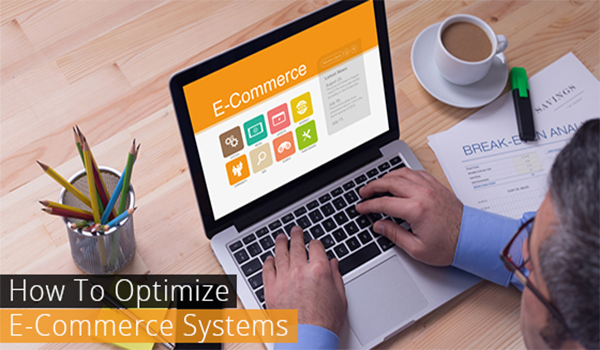
Implementing the right payment functionality on your website represents a great opportunity to ensure conversion and enhance company sales. But many companies still struggle in crafting the perfect e-commerce system for their brand. In this article, we’ll take an in-depth look at the e-commerce optimization process as we present our guide for ensuring success with a website payment system.
Ensure Ease of Payment
The payment page of your site should offer visitors an intuitive experience. It should minimize the roadblocks to purchases as much as possible and make it simple for a visitor to buy their product. As part of this process, considering implementing the following:
- One-click paymentsTokenisation tools allow your visitors to keep their payment details stored securely on your site, ensuring that the next time they wish to make a purchase they can do so with one click, and without having to re-enter their payment details.
- Local payment optionsThe latest data shows shoppers prefer local payment options compared with using international credit cards. By offering a range of local payment choices, you can help shoppers become more comfortable using your site.
Commit to Effective Testing
Businesses that conduct A/B testing of their e-commerce pages achieve critical data for effective optimization. The A/B testing process can help team determine which elements best suit the payment process, and which elements customers simply won’t use. A/B testing could include the following:
- Testing various payment methodsDifferent customers prefer different payment methods. Try a few options to determine the requirements of your clientele and analyze whether these payment methods offer you the best return for your investment.
- Test payment and follow-up pagesThe payment page should be designed so that all information is clear and the buyer knows exactly where they have to type their payment information to complete their order. It’s important though that you test various styles of payment pages to determine customer preferences. You can also test follow-up page designs as well to optimize upselling for your e-commerce system.
Optimize Risk Management
Fraud is one of the leading causes of lost revenue for online businesses. When implementing your e-commerce system, it’s important to take risk management into consideration. Take on the following processes as part of your risk management strategy:
- Learn the leading fraud tricksWhen determine the level of risk to your business, consider the leading tricks fraudsters use to steal information. You also learn how to identify potential fraud in real-time within your site and determine strategies for identifying false positives, in which normal transactions are mistakenly identified as fraud.
- Consider the devices visitors useHow does your e-commerce system work across mobile devices? Does your system allow for device fingerprinting? These are important considerations, as device fingerprinting ensures that a record is kept of the system a person uses to make a purchase online. With this information, you can better identify potential cases of fraud and identity theft through your site.
Effective optimization of your e-commerce system can help streamline the payment process for your customers and maximize your site revenues! To discover more optimization tips, speak with our expert teamtoday.
